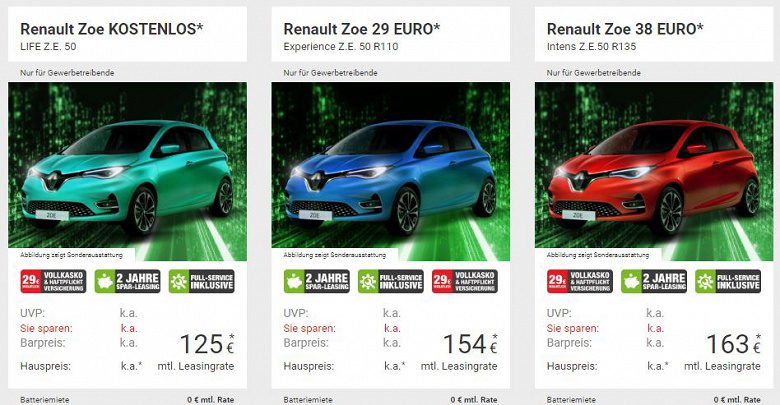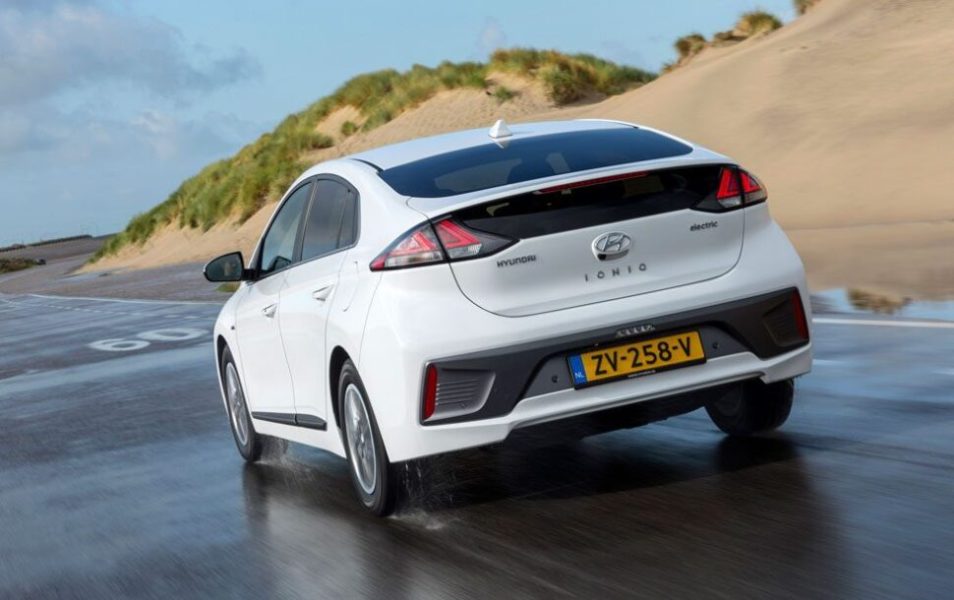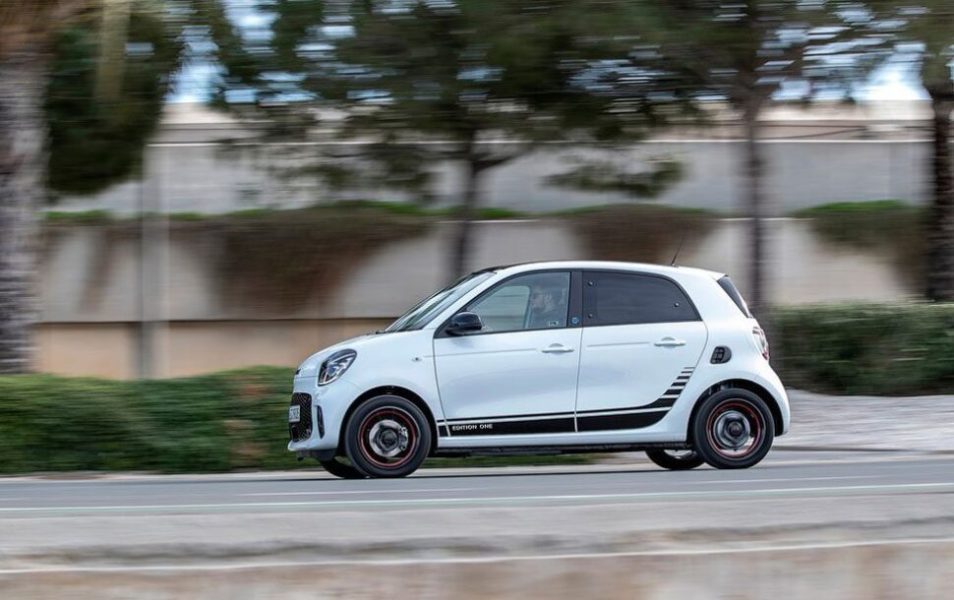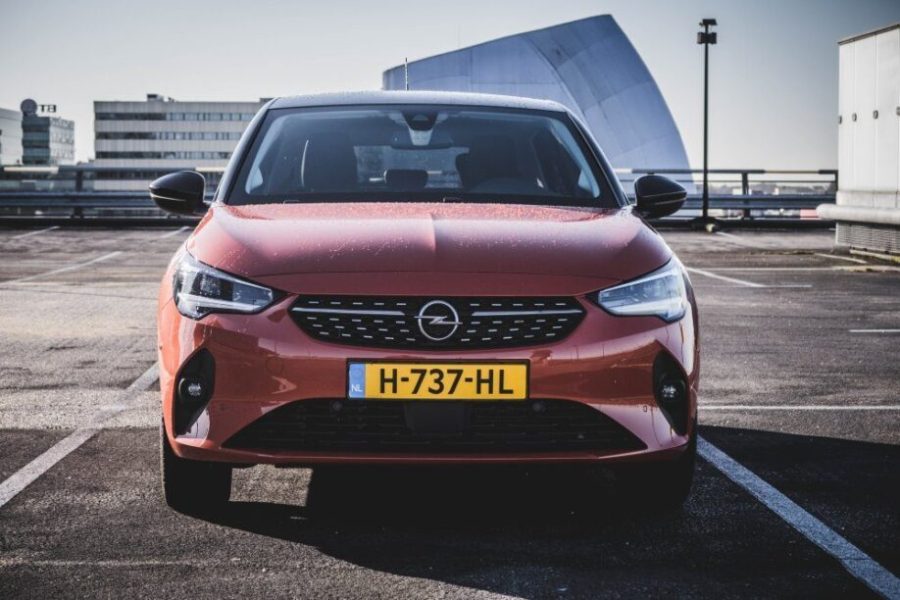
Electric vehicle subsidy
Content
- What subsidies are there for electric vehicles?
- Purchase subsidy for consumers
- Subsidy for light electric vehicles
- How can I apply for a Purchase Subsidy?
- Expected effects of the "consumer subsidy"
- Electric vehicle driver subsidies
- Investment deduction (Ministry of Internal Affairs / VAMIL)
- Electric Business Driving Supplement Discount
- Benefits of an electric car that are gradually disappearing
- Is the grant worth it?

There are a lot of reasons for choosing an electric car on your own, but a subsidy is also possible. In this article, we provide an overview of the various subsidies and schemes available in the Netherlands for electric vehicles. We handle both subsidies and schemes for private and business drivers.
A subsidy is the government's contribution to stimulating activities whose economic importance is not immediately obvious. It certainly applied in the early days of electric driving. But now that the EV market is booming, there are still opportunities to get a subsidy to buy an EV. In fact, there is even a subsidy option for consumers.
What subsidies are there for electric vehicles?
In recent years, subsidies have been mainly related to the business of driving electric vehicles. Some assistance measures have only benefited business users, but others have also benefited individuals. Let's start with an overview of all the circuits.
- Investment deduction when buying an electric car (Ministry of Internal Affairs / VAMIL)
- No BPM when buying fully electric cars
- Additional discount for business drivers
- Reduced holding tax until 2025
- Deduction of charges for charging stations
- Consumer subsidy of € 4.000 for the purchase of an electric vehicle.
- Free parking in some municipalities
Purchase subsidy for consumers
Through 2019, the Electric Vehicle Subsidy article mainly focused on the business benefits that can be achieved by choosing an electric vehicle as a company. But surprisingly (for many) the cabinet came up with a measure of consumer support. This should ensure that consumers also accept electric vehicles. The government points out that due to the environmental benefits of electric vehicles, as well as the increase in the range of models, it is time for such a measure. Different rules apply to this purchase subsidy. Here are the main ones:
- You can apply for a subsidy from July 1, 2020. Only cars whose purchase and sale or lease agreement was concluded no earlier than June 4 (the date of publication of the "Government Gazette") are eligible to receive a subsidy.
- The diagram only applies to 100% electric vehicles. So plug-in hybrids appear intention eligible for the scheme
- The scheme for used electric vehicles only applies if the used vehicle was purchased from a recognized automotive company.
- The scheme is applied ALSO for private rent.
- The subsidy will apply to vehicles with a catalog value of 12.000 Euros 45.000 to XNUMX XNUMX.
- The electric vehicle must have a minimum flight range of 120 km.
- This applies to cars of the M1 category. Therefore, passenger cars such as Biro or Carver are not included.
- The car must be produced as an electric vehicle. Consequently, cars that have been retrofitted are not eligible for this subsidy.
An up-to-date list of all eligible vehicles as well as an overview of all conditions can be found on the RVO website.

Subsidy for light electric vehicles
The government has set the following amounts:
- For 2021, the subsidy will be € 4.000 for the purchase or rental of a new car and € 2.000 for the purchase of a used car.
- In 2022, the subsidy will amount to € 3.700 for the purchase or rental of a new car and € 2.000 for the purchase of a used car.
- For 2023, the subsidy will be € 3.350 for the purchase or rental of a new car and € 2.000 for the purchase of a used car.
- In 2024, the subsidy will amount to € 2.950 for the purchase or rental of a new car and € 2.000 for the purchase of a used car.
- In 2025, the subsidy will amount to 2.550 euros for the purchase or rental of a new car.
It is important to consider the state's minimum ownership requirements. When buying a new electric vehicle, it is important to keep it for at least 3 years. If you sell it within 3 years, you will have to return part of the subsidy. If you do not buy a car again that is eligible for the same subsidy, you can use the period that you die Car ownership is at least 36 months.
For private rentals, the requirements are even stricter. Then it must be a contract of at least 4 years. Here, too, this term can be composed of two cars if that second car was eligible for the subsidy.
If you opt for a subsidy when buying a used electric vehicle, the minimum ownership period is 3 years (36 months). It is also important that the vehicle is not previously registered in your name or in the name of someone living at the same home address. Therefore, you are not allowed to sell it “fictitiously” to your wife or children in order to receive a subsidy of 2.000 euros.
One final note: the subsidy pot may be empty before the end of the year. For 2020, the subsidy ceiling is set at 10.000.000 7.200.000 2021 euros for new cars and 14.400.000 13.500.000 euros for used cars. In the XNUMX year, it will be XNUMX million euros and XNUMX million euros, respectively. The ceilings of the following years are not yet known.
How can I apply for a Purchase Subsidy?
You can apply for a grant online from the summer of 2020. This is possible only after the conclusion of a sales or lease agreement. Then you must apply for the grant within 60 days. To do this, you can visit the RVO website. Keep in mind that you are not the only one interested in buying subsidies. The subsidy budget will run out soon, and there is a good chance that there will be no subsidy for a new car by the time you read this.
Expected effects of the "consumer subsidy"
The government expects this subsidy to lead to a large number of additional electric vehicles on Dutch roads, leading to an even larger drop in used model prices (due to increased supply). According to the Cabinet of Ministers, this means that this subsidy will come into force in 2025, and then the electric vehicle market can become independent. This growth is expected to enable consumers to understand that driving on electricity is cheaper due to lower operating costs.

Electric vehicle driver subsidies
Electric driving and business use. If you are in charge of acquiring a fleet of vehicles for a company, then you are probably mainly thinking about the investment deduction. If you are a “driver” and know how to look for a new car, then you are probably thinking mostly low.
Investment deduction (Ministry of Internal Affairs / VAMIL)
If you have purchased an electric car (passenger or business) for your company. You can then apply for Environmental Investment Allowance (MIA) or Random Depreciation of Environmental Investment (Vamil). The first gives you the right to deduct an additional 13,3% of the purchase price from your result once for each vehicle. The second gives you the freedom to independently determine the depreciation of your vehicle.
For now, let's focus on the specific costs to which these schemes apply. The maximum amount exceeding these requirements is EUR 40.000, including additional costs and / or charging point.
- the purchase price of the car (+ the cost of making it fit for use)
- factory accessories
- charging station
- cars bought abroad (subject to conditions)
- the cost of converting an existing vehicle into an all-electric vehicle on your own (excluding the purchase of that vehicle)
Costs not eligible for MIA:
- loose parts such as a roof rack or bike rack
- any discount received (you must deduct it from the investment)
- any subsidy you receive for the car (and charging station) (you must deduct this from the investment)
Source: rvo.nl
Electric Business Driving Supplement Discount
It is important to know that in 2021, you will also receive a discount on a standard add-on for personal use of your business vehicle. This advantage is being phased out.
With the increase in the markup for electric vehicles from 4% to 8% last year, the first step was taken to remove additional tax breaks. The threshold value (catalog value of cars) has also been lowered from € 50.000 45.000 to € XNUMX XNUMX. Thus, compared to last year, the financial advantage has already diminished significantly. Plus, a business driver is often at least half the price of a comparable gas-powered car. Are you curious about some calculations of the benefits of electric driving over your supplement? Then read the article on adding an electric vehicle.
Benefits of an electric car that are gradually disappearing
- Income tax will increase by 2025
- Increase in BPM by 2025 (albeit in a limited amount)
- premium rate by 2021
- Free parking is no longer available in many municipalities.
- Purchase subsidy, "subsidy pot" is final, but in any case, the end date is 31-12-2025
Is the grant worth it?
You can say that. Businesses and consumers alike get a lot of money from the government when you choose an electric vehicle. Currently, you are saving on monthly expenses with a significant discount on real estate tax. But you already get the first advantage when buying. Consumers due to new purchase subsidy and lack of BPM on EVs. From a business perspective, there is also a clear advantage for passenger cars, as EVs are not charged for BPM and MIA / VAMIL schemes bring additional benefits. So electric driving can certainly be good for the wallet!

